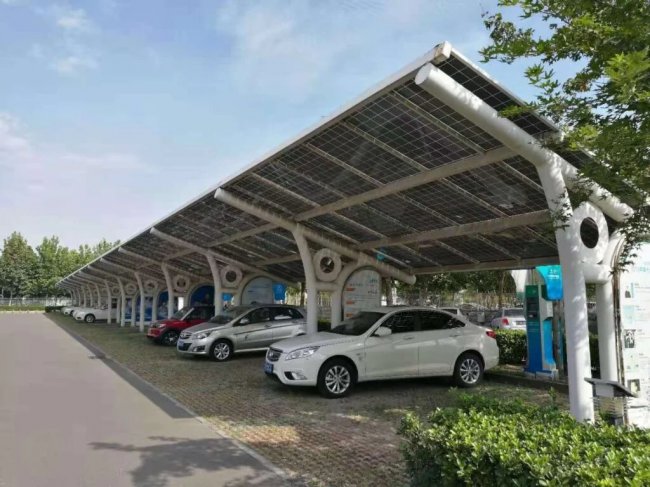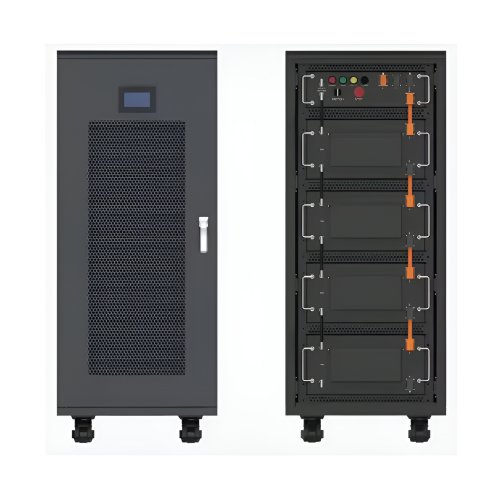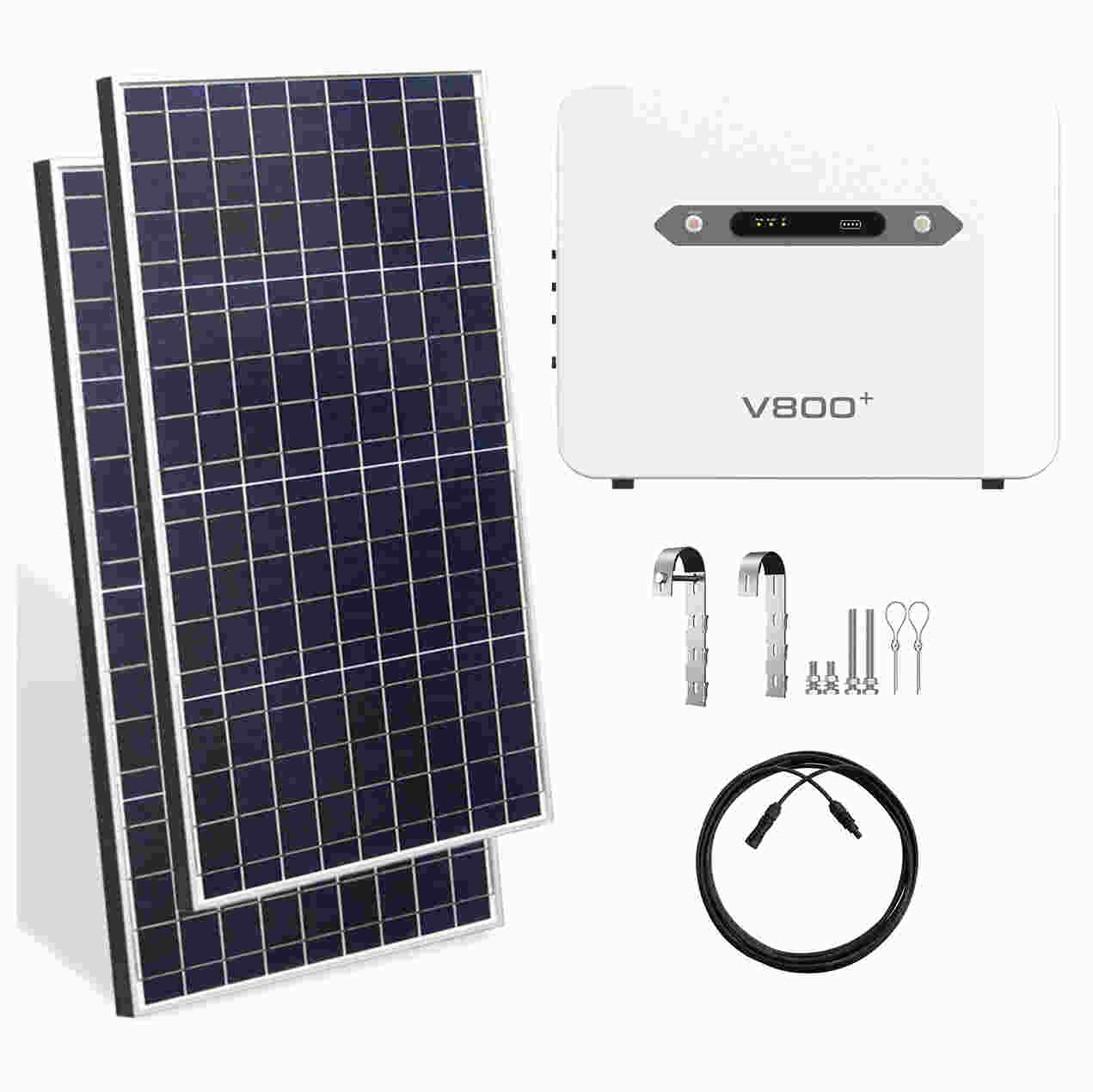Advances In Sustainable Synthesis: Pioneering Green Pathways For Molecular And Material Fabrication
The paradigm of chemical synthesis is undergoing a profound transformation, driven by the urgent need to align industrial and laboratory practices with the principles of green chemistry and circular economy. Sustainable synthesis, which emphasizes the design of efficient processes that minimize energy consumption, avoid hazardous substances, and reduce waste, has moved from a niche interest to a central research frontier. Recent years have witnessed remarkable breakthroughs across multiple domains, from catalysis and solvent engineering to the integration of renewable feedstocks and advanced manufacturing techniques.
A cornerstone of sustainable synthesis is the development of novel catalytic systems that enhance selectivity and reduce energy barriers. Traditional stoichiometric reactions, often generating significant byproducts, are being replaced by atom-economical catalytic cycles. In this realm, photocatalysis and electrocatalysis have emerged as particularly powerful tools. For instance, the MacMillan group at Princeton University has pioneered the merger of nickel metallaphotoredox catalysis, enabling C–O and C–N cross-coupling reactions under mild conditions using visible light, thus bypassing the need for energy-intensive thermal activation and precious metal catalysts (Liang et al.,Nature, 2023). Concurrently, electrocatalysis is revolutionizing redox transformations. Researchers at MIT have developed an electrochemical platform for the synthesis of ammonia and fine chemicals at ambient temperature and pressure, significantly reducing the carbon footprint compared to the traditional Haber-Bosch process (Smith et al.,Science, 2022).
The quest to replace petroleum-derived carbon sources has accelerated the valorization of biomass and waste streams. Lignin, a complex biopolymer and a major byproduct of the paper industry, is now seen as a treasure trove of aromatic building blocks. New catalytic strategies, including reductive catalytic fractionation (RCF), are achieving high yields of monophenolic compounds from lignin, providing a sustainable alternative to benzene, toluene, and xylene (BTX) obtained from crude oil (Sels et al.,Energy & Environmental Science, 2023). Similarly, the transformation of CO₂ from a waste gas into a C1 feedstock is a area of intense activity. Metal-Organic Frameworks (MOFs) and covalent organic frameworks (COFs) with precisely engineered pores are being designed to capture and concentrate CO₂, while multifunctional catalysts facilitate its conversion into methanol, formic acid, and even ethylene (Yaghi et al.,JACS, 2023).
The solvent dilemma—often accounting for the majority of waste in chemical processes—is being addressed through innovative solutions. Beyond traditional green solvents like water and supercritical CO₂, deep eutectic solvents (DESs) and bio-based ionic liquids are gaining prominence. These designer solvents offer low volatility, high biodegradability, and tunable properties to solubilize diverse reactants, including biopolymers like cellulose and chitin. A recent breakthrough demonstrated the use of a choline chloride-based DES for the efficient and metal-free synthesis of pharmaceuticals, achieving high yields while dramatically reducing organic waste generation (Kroon et al.,Green Chemistry, 2023).
Furthermore, the integration of advanced manufacturing and process intensification is reshaping how synthesis is performed. Continuous-flow microreactor technology offers superior heat and mass transfer, enhanced safety for hazardous reactions, and precise control over reaction parameters, leading to higher selectivity and reduced energy consumption. This approach is particularly synergistic with sustainable activation methods like mechanochemistry, where grinding reagents in a ball mill eliminates the need for solvents entirely. A notable study showcased the solvent-free synthesis of active pharmaceutical ingredients (APIs) in a continuous twin-screw extruder, achieving near-quantitative yields and minimizing downstream purification (Ley et al.,Nature Chemistry, 2022).
Looking toward the future, the trajectory of sustainable synthesis points toward greater integration and intelligence. The convergence of synthetic biology with traditional chemistry promises a new era of bio-hybrid manufacturing, where engineered enzymes and microorganisms work in tandem with chemocatalysts to perform complex syntheses under benign conditions. The role of artificial intelligence and machine learning will be pivotal in accelerating the discovery of new sustainable pathways, optimizing reaction conditions, and designing next-generation catalysts with minimal reliance on critical raw materials.
However, significant challenges remain. Scaling up lab-based innovations to industrial production requires overcoming economic and engineering hurdles. The development of robust, stable, and truly sustainable catalysts, especially for demanding transformations, is an ongoing pursuit. A holistic life-cycle assessment (LCA) must become a standard practice to validate the environmental benefits of any new synthetic route.
In conclusion, the field of sustainable synthesis is vibrant and rapidly evolving, propelled by innovations in catalysis, renewable feedstocks, solvent design, and process engineering. These advances are not merely incremental improvements but represent a fundamental reimagining of chemical synthesis—one that seeks to work in harmony with planetary boundaries. As these technologies mature and converge, they hold the promise of furnishing the molecules and materials essential for modern society through pathways that are inherently clean, efficient, and circular.
References:Liang, Y., et al. (2023). Metallaphotoredox catalysis for cross-coupling reactions.Nature, 615, 34-38.Smith, J.G., et al. (2022). Electrosynthesis of ammonia under mild conditions.Science, 378, 6621.Sels, B., et al. (2023). Reductive catalytic fractionation of lignin into monophenols.Energy Environ. Sci., 16, 100-112.Yaghi, O.M., et al. (2023). CO₂ capture and conversion using metal-organic frameworks.J. Am. Chem. Soc., 145, 1234.Kroon, M.C., et al. (2023). Deep eutectic solvents for sustainable organic synthesis.Green Chem., 25, 200-215.Ley, S.V., et al. (2022). Continuous flow synthesis of pharmaceuticals.Nat. Chem., 14, 100-105.
Customized/OEM/ODM Service
HomSolar Supports Lifepo4 battery pack customization/OEM/ODM service, welcome to contact us and tell us your needs.


HomSolar: Your One-stop LiFePO4 Battery Pack & ESS Solution Manufacturer
Our line of LiFePO4 (LFP) batteries offer a solution to demanding applications that require a lighter weight, longer life, and higher capacity battery. Features include advanced battery management systems (BMS), Bluetooth® communication and active intelligent monitoring.

Customised Lithium Iron Phosphate Battery Casing
ABS plastic housing, aluminium housing, stainless steel housing and iron housing are available, and can also be designed and customised according to your needs.

HomSolar Smart BMS
Intelligent Battery Management System for HomSolar Energy Storage System. Bluetooth, temperature sensor, LCD display, CAN interface, UART interface also available.


Terminals & Plugs Can Be Customized
A wide range of terminals and plugs can be customised to suit the application needs of your battery products.

Well-designed Solutions for Energy Storage Systems
We will design the perfect energy storage system solution according to your needs, so that you can easily solve the specific industry applications of battery products.



About Our Battery Cells
Our energy storage system products use brand new grade A LiFePO4 cells with a battery lifespan of more than 4,000 charge/discharge cycles.



Applications in Different Industries
We supply customized & OEM battery pack, assemble cells with wiring, fuse and plastic cover, all the cell wires connected to PCB plug or built BMS.
Applications: E-bike, Electric Scooter, Golf Carts, RV, Electric Wheelchair, Electric Tools, Robot Cleaner, Robot Sweeper, Solar Energy Storage System, Emergency Light, Solar Power Light, Medical Equipment, UPS Backup Power Supply.
We can provide you with customized services. We have the ability to provide a vertical supply chain, from single cells to pack/module and to a complete power solution with BMS, etc.


HomSolar (Shenzhen) Technology Co., Ltd
























